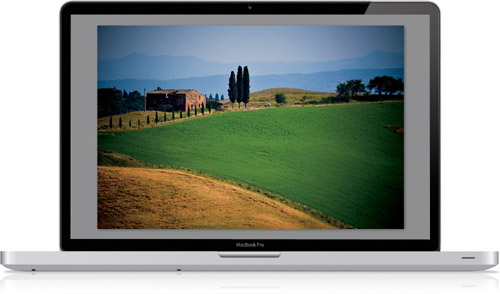Why We Retouch

Before you dive into the book, I hope you’ll invest two minutes in reading my philosophy on why we retouch. I think that, not only will this help you understand where I’m coming from with these retouches, but it also will make you a better, more aware, retoucher. The ability to make people look their best, or better than their best, is amazingly powerful and, as someone retouching photos, you have a responsibility to your subject, your client, and yourself to do this right.
A couple of years ago, my wonderful wife surprised me with a trip to the Tuscany region of Italy. It was an amazingly beautiful place (and the food was...well, the food was insane!), and one afternoon I grabbed my camera gear and drove up into the Asciano hills (I couldn’t get anyone in my family to go with me—I think I had already burned them out with all my photography outings that trip).
At one point, I pulled to the side of the road when I saw this beautiful little villa, sitting up on a hill, surrounded by tall olive trees, and this amazingly green, rolling grass—it was just stunning. I set up my tripod, got out my remote cable release, and really took my time to capture the scene that I wish my family had been there to see. After I was done shooting, I stood there for a moment, took a deep breath of the fresh air, and just gazed upon that perfect little “villa in Tuscany” scene. I couldn’t wait to show my family the pictures.
When I got back to our hotel room, I immediately found the image and opened it in Photoshop, so I could rush out and show everybody the image full-screen. But as soon as the image opened, I was stunned to see something that totally ruined the picture for me—power lines and telephone poles. Not just one or two. About two dozen. There were lines and cables and 20-foot poles all over the place. I never saw them while I was standing there right in front of the scene in Tuscany, but the moment I opened the image in Photoshop, it was the very first thing that jumped out at me. I sighed, and then I spent the next two hours carefully removing every line, every wire, and every pole, because I wanted the scene to look like what I saw while I was right there, standing in front of it.
Well, photos of people are exactly the same. You can have a one-on-one conversation with someone for a solid hour, take a quick portrait of them, and when you open their image, every flaw, every blemish, and every little imperfection you totally missed during your conversation may as well have a big red circle around it and a large arrow pointing right to it. I know it’s the truth, because it’s happened to me, and countless other photographers, again and again over the years.
So, our job, when we’re retouching people, is to take that flat, unflattering, two-dimensional still image of them, where every flaw doesn’t just stand out, but gets magnified, and make them look as good as they did when they were standing right in front of us.
If you go too far, they will know it has been highly retouched and they won’t feel good about it. Worse than that, their friends and family will know it has been highly retouched. But, if you’re careful to make them look as good in the photo, or perhaps just slightly better, than they do in real life, their friends and family will love the photo, and so will your subject.
Lastly, here’s one thing I learned the hard way: You’re about to learn some amazing techniques and no doubt you’ll want to brag to your subject about what an amazing retouch you did for them in Photoshop, and how great you made them look. But, here’s my advice: don’t do it. Never show them the before/after, and don’t show their friends or family, either. This is about making them look their best, not making them feel their worst. Keep this between you and Photoshop, and I promise you, you’ll be glad you did.
